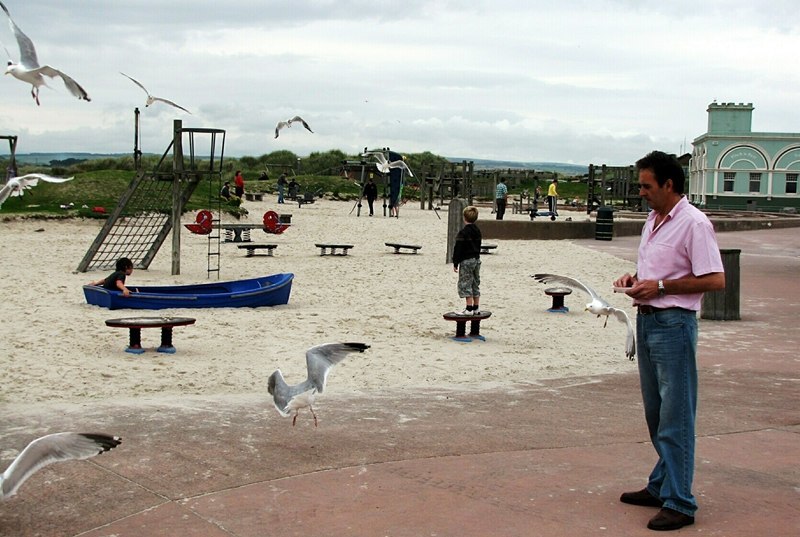The shrill cry of a seagull was once associated with a fresh sea breeze but now it is just as likely to bring a red mist down on coastal communities.
This time last year the herring gull was placed on a list of species needing to be protected rather than controlled, but a breeding season later and the nuisance of marauding gulls appears to have escalated in Montrose.
In recent years Angus Council has tried everything from a programme of egg and nest removal in coastal towns to calling on a hawk patrol to put the frighteners on gulls before the breeding season.
The possibility of using littering laws to prosecute people who feed gulls has even been raised.
The Royal Environmental Health Institute of Scotland advises householders to clear rooftops of old nests and fit mesh to prevent seagulls returning.
Fully-grown gulls have a wingspan of up to 1.6 metres, and they have fearsome beaks and are capable of causing injury to people. Without a licence, it is illegal to kill them or to disturb active nests or eggs.
Keith Morton of the Royal Society for the Protection of Birds in Scotland has said that while urban-nesting gulls can cause real problems for householders and local authorities, “Some of the intolerance is irrational and these birds should not be demonised.”
The RSPB Scotland has also claimed it is a myth the number of seagulls are growing. It is just that people are seeing more of them because the birds are being forced from their traditional coastal habitats into towns in search of food.”Frightening” problemTry telling that to Henry Pinder, who runs the Beach Cafe and amusement arcade at the beachfront in Montrose.
He said, “We have this gull problem every year but not on this scale. They are more brazen than ever.
“There is not a lot of rubbish lying around but anyone who is trying to have a picnic, enjoy an ice cream or bag of chips is harassed by them.
“A lady dropped a chip on the counter of our takeaway and a gull came right in and took it away.”
He added, “If a kid is eating something, the gulls appear within seconds and hover around or swoop down.
“It can be frightening. I have never seen it as bad as this.”
Mr Pinder said the problem was not helped by people who fed the birds, despite requests not to.
Angus Council environmental health spokesman Councillor David May said, “The council has taken a number of steps to reduce the gull population, including introducing a free nest and egg retrieval service last year.
“However, the public can help reduce the gull nuisance in our streets and open spaces by not feeding them and by responsibly disposing of waste foodstuffs, which, if left as litter, just attracts the gulls.”
